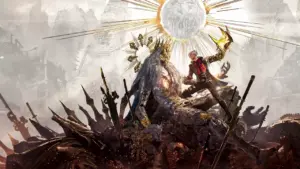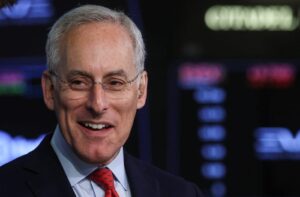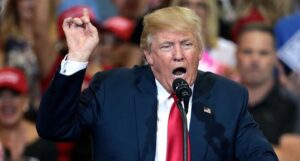
Tasmania has entered a new political phase following its recent state election, marking the second election in just 16 months. This quick succession of polls is the shortest gap between state elections in Australia since the 1957 Queensland elections. Voters in Tasmania have now faced the ballot box five times in less than two years. The results reflect a significant shift away from the major political parties, with the Labor Party suffering a disappointing outcome.
As of now, with nearly 75% of the votes counted, Labor has secured just 26% of the total vote. This comes as a stark contrast to the federal landscape, where federal Labor was recently rewarded with two additional seats in Tasmania. The state election was triggered by Labor’s no-confidence motion against the minority government led by Jeremy Rockliff of the Liberal Party. Labor cited concerns over budget management, proposed asset sales, and the delivery of major projects.
Despite these criticisms, Labor struggled to present a compelling budget repair plan during the campaign. Their proposals appeared modest and conflicted with their endorsement of the contentious Macquarie Point stadium project. Additionally, Labor’s opposition to asset sales was undermined by their intention to sell the state’s interest in the planned Marinus Link Bass Strait connector.
In contrast, the Liberals shifted their strategy from advocating for privatization to proposing a government-owned insurance company. While this idea received criticism from experts and industry insiders, it resonated with small business owners and dominated media discussions for several days.
The election results indicate a swing of approximately 3% from Labor to the Liberals, who garnered around 40% of the vote. A record number of 44 independents also participated, benefiting from the absence of the Jacqui Lambie Network. Among the most notable independents were incumbents Kristie Johnston, Craig Garland, and David O’Byrne, along with anti-salmon-farming advocate Peter George, who performed well. However, most independents did not achieve significant results.
The performance of the Tasmanian Nationals was disappointing, as they were outperformed by the Shooters, Fishers and Farmers party, which had minimal visibility during the campaign but is now contending for at least one seat. The political landscape is complicated by the Hare-Clark proportional representation system, which allows candidates to compete against others from their own party as well as from different parties. Each of Tasmania’s five federal electorates elects seven members to the 35-seat House of Assembly.
The results highlight a growing trend of non-majority parliaments in Tasmania, as polling has shown neither major party close to forming a majority. Consequently, minority governments appear to be becoming the new normal in the state. Rockliff’s government did gain a seat in Braddon, a region that had swung to Labor in the last federal election, but it also appears to have lost a seat in Franklin to George.
Labor’s opposition, led by Dean Winter, has held its ten seats and might be in a position to gain a seat in Bass due to the peculiarities of the Hare-Clark system. Despite the current political landscape, Labor could potentially govern if they align themselves with the Greens and left-leaning independents, which could yield them 18 or 19 seats. However, attempts at forming such an alliance have not been visible.
Rockliff has expressed his intention to request the governor to renew his commission. By precedent, he is likely to receive this, regardless of whether he can demonstrate sufficient support for confidence and supply. While maintaining a façade of stability is beneficial, if he fails to secure adequate backing, he may be compelled to return to parliament and challenge the opposition, necessitating another no-confidence motion to install Winter as premier.
Labor’s situation is precarious, as they would be stepping into governance with a limited pool of MPs, a looming debt crisis, and a crossbench eager to champion their agendas on contentious issues such as native forest logging and salmon farming. The current political landscape in Tasmania presents a challenging environment for all parties involved, and how they navigate this new reality remains to be seen.






